Paddle Your Way to Adventure: Where to Go Stand Up Paddleboarding
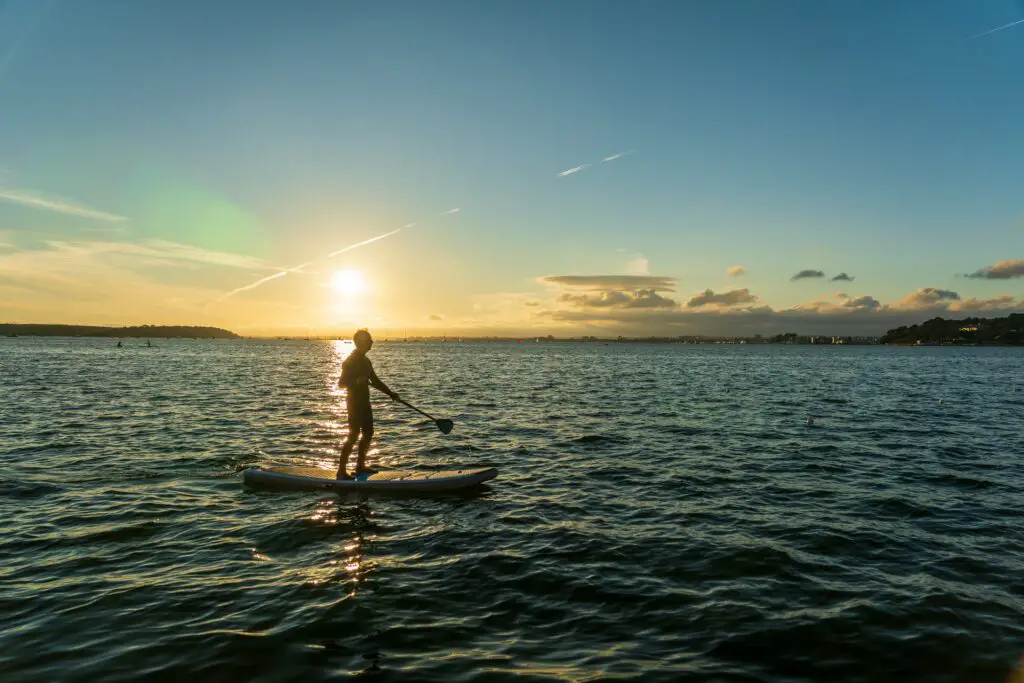
Stand up paddleboarding (SUP) is a popular water sport that has gained a lot of popularity in recent years. It’s a fun and exciting way to explore the water while getting a full-body workout. Whether you’re a seasoned pro or a beginner, there’s a SUP destination out there for everyone.
In this article, we’ll explore some of the best places to go stand up paddleboarding. From serene lakes to rushing rivers to beautiful coastal areas, we’ll highlight some of the most scenic and exciting locations for SUP. Additionally, we’ll provide some tips for choosing a destination and staying safe while out on the water.
So grab your paddle and let’s dive in!
Best Places for SUP
When it comes to stand up paddleboarding, there are plenty of destinations to choose from. Here are some of the best places to go for an unforgettable SUP experience:
Lakes
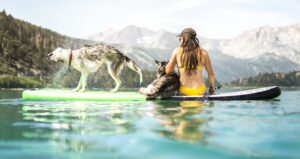
Lakes typically offer calm water that is great for both beginners and experienced SUPers alike. Exploring the shoreline or paddling the length of a lake are incredible ways to experience these bodies of water. With no currents or waves, lakes provide a more laid-back paddleboard experience. Fishing, yoga, or dog passengers are all possible while stand up paddleboarding on a lake.
Here are a few of the best lakes to SUP:
- Lake Tahoe, California
- Lake Powell, Arizona/Utah
- Lake Louise, Alberta, Canada
Rivers
Rivers present the challenge of moving water to SUPers. With a good flow of water beneath you, rivers allow stand up paddleboarders to move down river without even paddling if they choose. Strong currents can affect stability and can make it difficult to paddle upstream. Be careful of shallow areas and rocks in smaller rivers. Overall, most rivers are best suited for intermediate and advanced stand up paddleboarders.
Here are a few of the best rivers to SUP:
- Snake River, Wyoming
- Deschutes River, Oregon
- Colorado River, Arizona
Coastal areas
Coastal areas can present diverse opportunities for stand up paddleboarding. Beaches and shorelines offer amazing SUP experiences to paddle just beyond the break of waves. The ride out through the waves can be tricky, but once calmers waters are reached, paddleboarding along the coastline is a unique adventure. Bays, coves, and marinas can provide protection from the wind and waves leading to calmer waters to explore.
Here are a few of the best coastal areas to SUP:
- Maui, Hawaii
- Santa Barbara, California
- Gulf Shores, Alabama
Each of these destinations offers a unique experience, from the crystal clear waters of Lake Tahoe to the rugged coastlines of Maui. While some locations may be more challenging than others, there’s a destination for all skill levels. When identifying an SUP location to fit your skill level, stability should be your first concern. If you are new to SUPing and still finding your balance, stick to the calmer waters of lakes and protected coastal areas.
How to Choose a SUP Destination
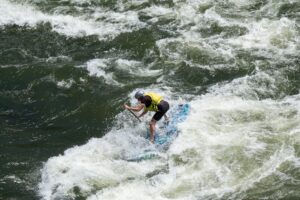
Choosing the right destination for your stand up paddleboarding adventure can make all the difference. Here are some factors to consider when deciding where to go:
Water Conditions
- Consider the type of water you prefer to paddle in (e.g., calm lakes vs. rough ocean waves).
- Check weather and water conditions beforehand to ensure it’s safe to paddle.
- Make sure to wear clothing that matches your skill level and the water conditions. Beginners get wet more often than experienced SUPers.
Scenery and Wildlife
- Do you prefer a peaceful, natural setting or a more urban one?
- Are there any unique features or wildlife you’d like to see?
Amenities and Accommodations
- Consider whether there are public restrooms, parking, and picnic areas available.
- Look for nearby accommodations if you plan to stay overnight.
Accessibility and Parking
- Look for easy access to the water, such as boat ramps or docks.
- Consider parking availability and costs.
Researching potential locations and asking locals for recommendations can also be helpful.
Planning ahead is key to ensuring a successful SUP trip. Once you’ve chosen your destination, make sure to bring appropriate equipment and attire, including a personal floatation device, leash, and proper clothing.
Remember to always practice safety guidelines, such as checking weather and water conditions before heading out, and avoiding paddling alone in unfamiliar waters.
Safety Tips for SUP
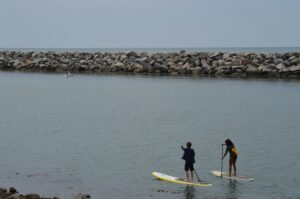
While stand up paddleboarding can be a fun and exciting activity, it’s important to practice safety guidelines to avoid accidents and injuries. Here are some tips to keep in mind:
Proper Equipment and Attire
- Always wear a personal floatation device (PFD) and use a leash to keep your board attached to you.
- Wear appropriate clothing for the weather and water conditions, such as a wetsuit or drysuit in cold water.
Check Weather and Water Conditions
- Check weather forecasts and water conditions before heading out.
- Avoid paddling in severe weather conditions or strong currents.
Buddy System and Guided Tours
- Never paddle alone. Always bring a friend or join a guided tour.
- Be sure to let someone know your itinerary and expected return time.
Be Aware of Surroundings
- Watch out for other watercraft, swimmers, and wildlife.
- Be mindful of hazards such as rocks, logs, and submerged objects.
Practice Self-Rescue Techniques
- Learn self-rescue techniques such as how to climb back onto your board.
- Carry a whistle or other signaling device in case of emergency.
By following these safety tips, you can enjoy your SUP adventure with peace of mind. Remember to always prioritize safety and be prepared for unexpected situations.
Stand up paddleboarding is a great way to explore the water and stay active. From serene lakes to rushing rivers to beautiful coastal areas, there are plenty of destinations to choose from for your next SUP adventure.
When choosing a destination, consider factors such as water conditions, scenery, amenities, and accessibility. Always prioritize safety by wearing proper equipment, checking weather and water conditions, and practicing self-rescue techniques.
Whether you’re a seasoned pro or a beginner, there’s a SUP destination out there for everyone. So grab your paddle, choose a destination, and paddle your way to adventure!




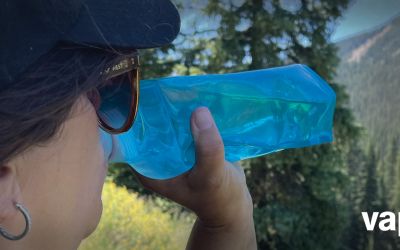
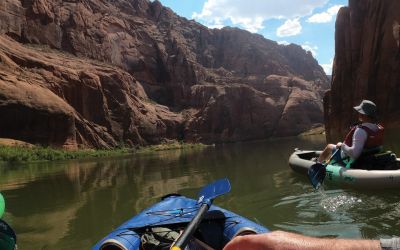
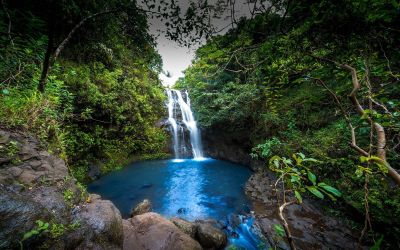
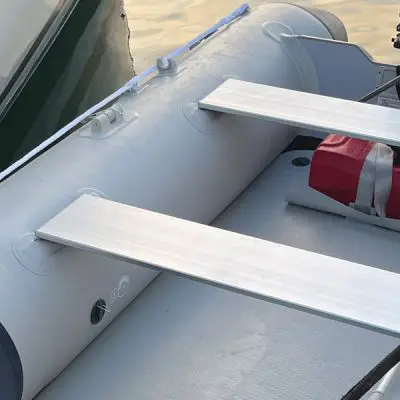

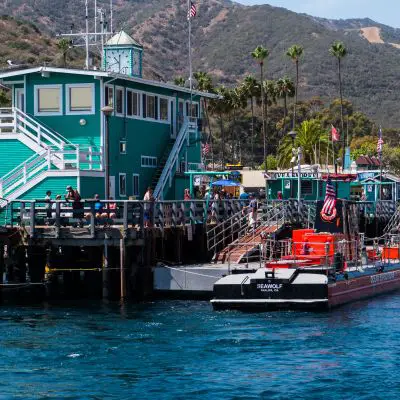
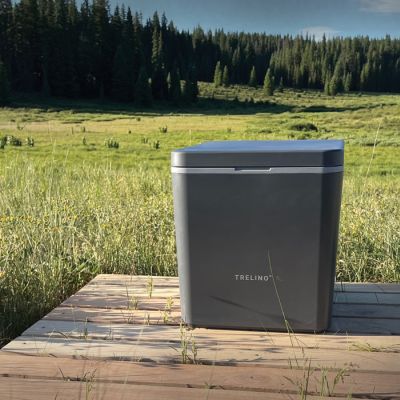
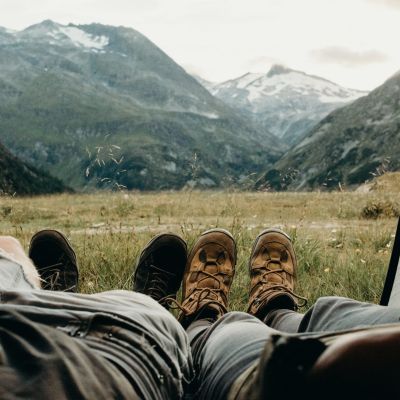

Leave a Reply